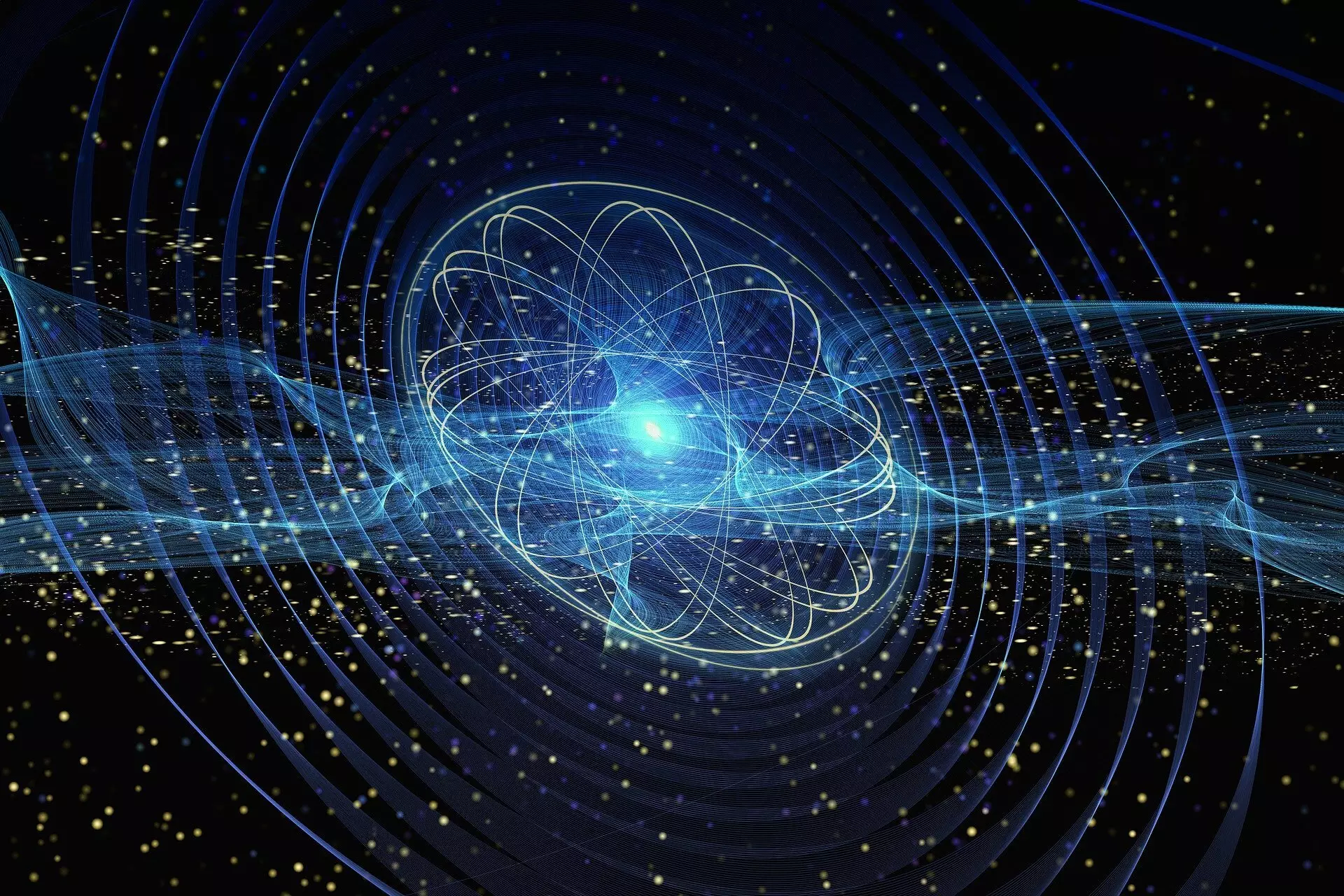The field of quantum computing has made significant strides in recent years, with major players like Google and IBM offering cloud-based quantum computing services. However, there are still limitations to the capabilities of quantum computers. One of the main challenges is the availability of qubits, which are the basic units of quantum information. Unlike traditional binary bits that can only represent fixed values of 0 or 1, qubits can exist in a state of quantum superposition, representing both 0 and 1 simultaneously. This makes them highly susceptible to external influences and prone to information loss.
To ensure that quantum computers provide reliable results, it is crucial to generate a genuine entanglement by combining multiple physical qubits to form a logical qubit. If one of the physical qubits fails, the information can still be retained by the other qubits. However, the main challenge lies in the large number of physical qubits required for the development of functional quantum computers. Various concepts are being explored to overcome this hurdle.
Currently, large corporations rely on superconducting solid-state systems for quantum computing. However, these systems have the disadvantage of only functioning at extremely low temperatures close to absolute zero. On the other hand, photonic concepts operate at room temperature, making them more practical. In photonic systems, single photons serve as physical qubits, offering faster operation but also posing a greater risk of qubit loss.
Researchers from the University of Tokyo, Johannes Gutenberg University Mainz (JGU), and Palacký University Olomouc have recently made a breakthrough in photonic quantum computing. Instead of using single photons as qubits, the team employed a laser-generated light pulse consisting of multiple photons. This unique approach allows for the correction of errors inherent in the quantum optical state of the laser pulse.
According to Professor Peter van Loock of Mainz University, the laser pulse-based system has the potential to eradicate errors immediately. Unlike traditional methods that require generating individual photons via numerous light pulses and having them interact as logical qubits, this new system only needs a single light pulse to create a robust logical qubit. In other words, a physical qubit is already equivalent to a logical qubit in this system, marking a remarkable advancement in the field of quantum computing.
Although the experiment conducted at the University of Tokyo did not yield a logical qubit of sufficient quality and error tolerance, the researchers have demonstrated the possibility of transforming non-universally correctable qubits into correctable qubits using innovative quantum optical methods. This breakthrough opens up new possibilities for the development of reliable and error-tolerant quantum computers.
The field of quantum computing is advancing rapidly, with promising developments in photonic quantum computing. The use of laser-generated light pulses consisting of multiple photons offers a novel approach to address the challenges of qubit availability and error correction. Although further research is necessary to refine the system and improve error tolerance, this breakthrough paves the way for a new era in quantum computing, bringing us closer to the realization of powerful and reliable quantum computers.


Leave a Reply